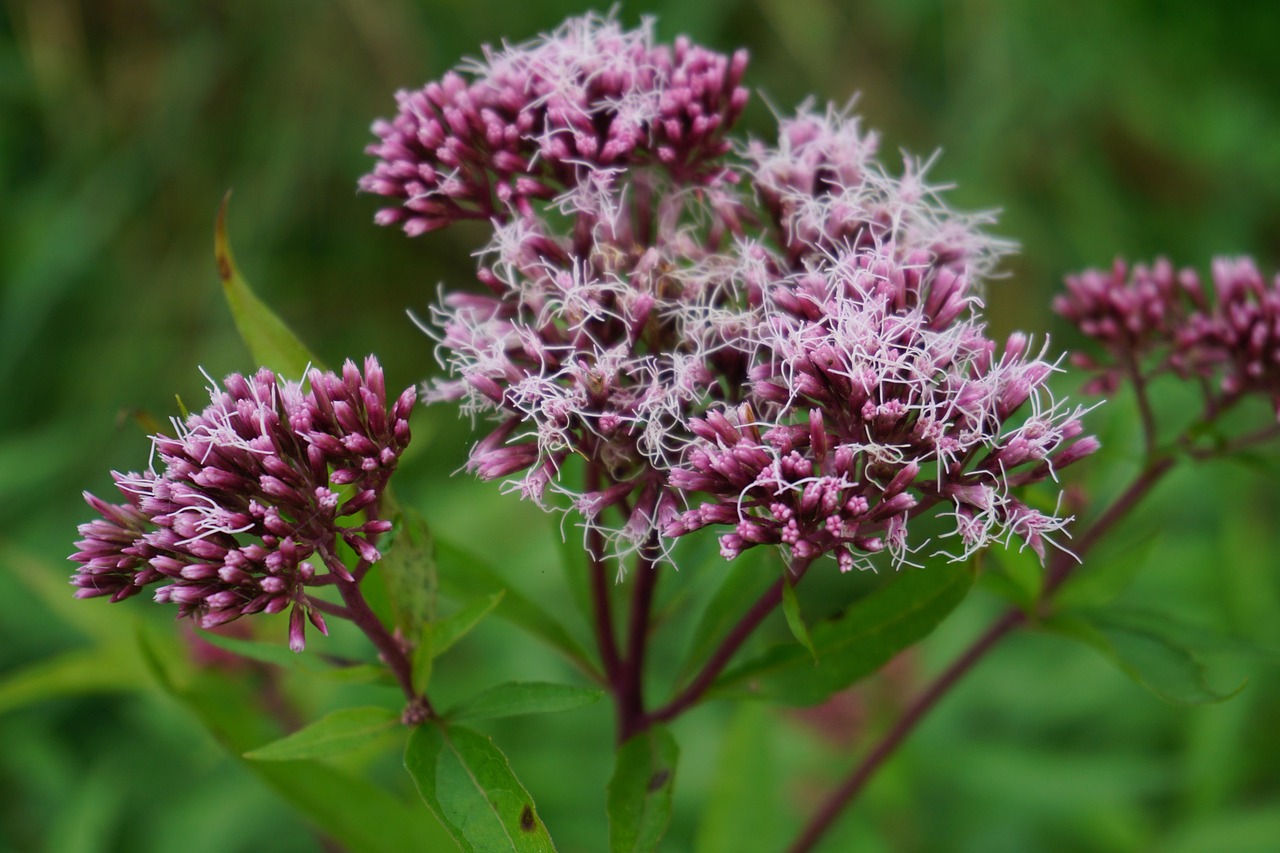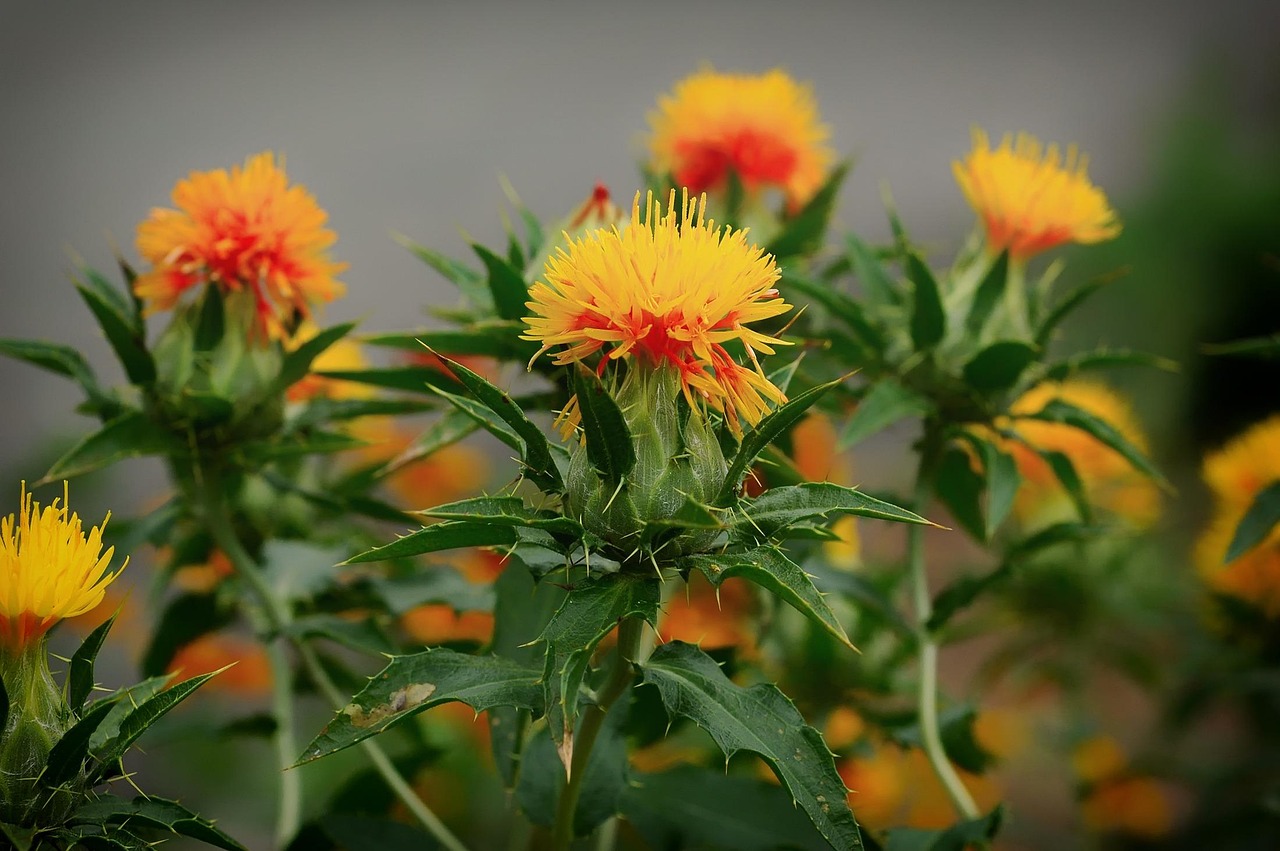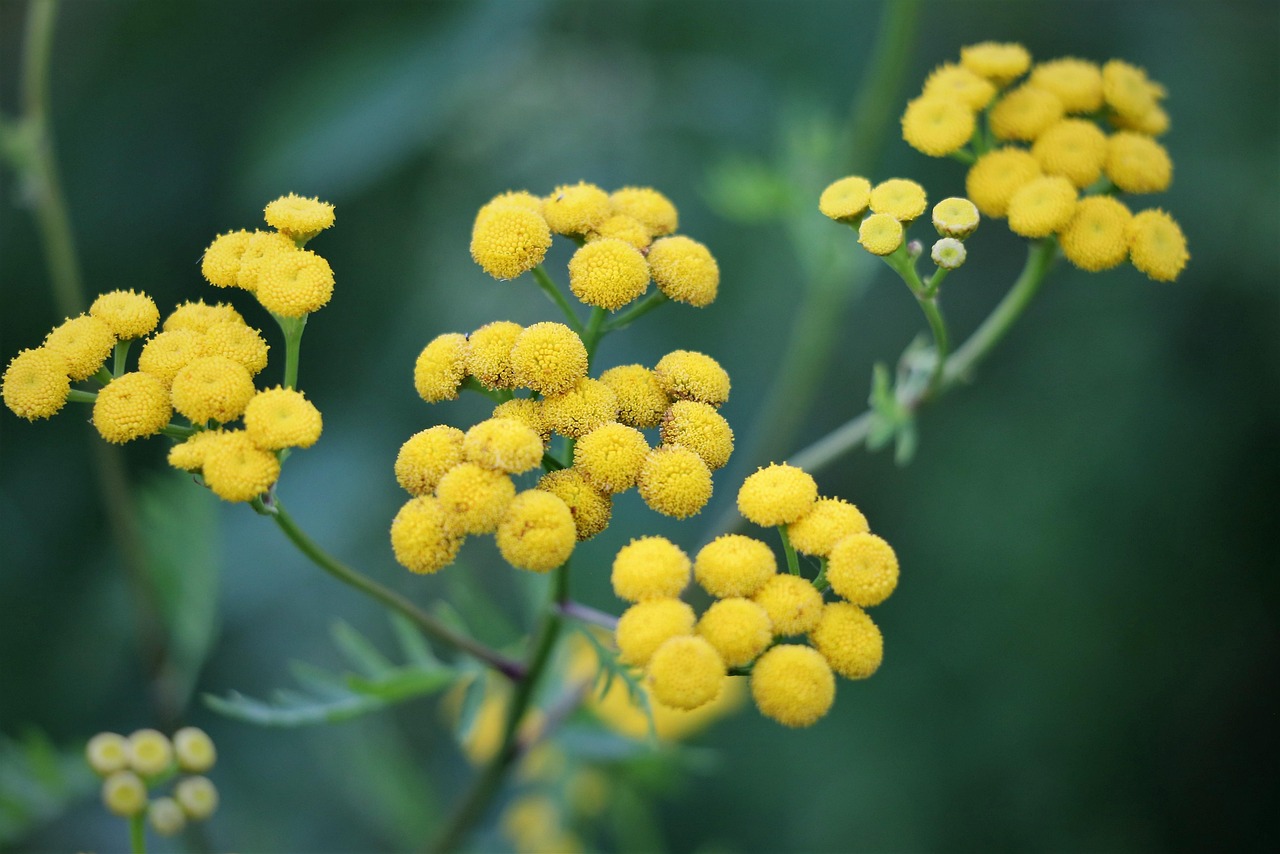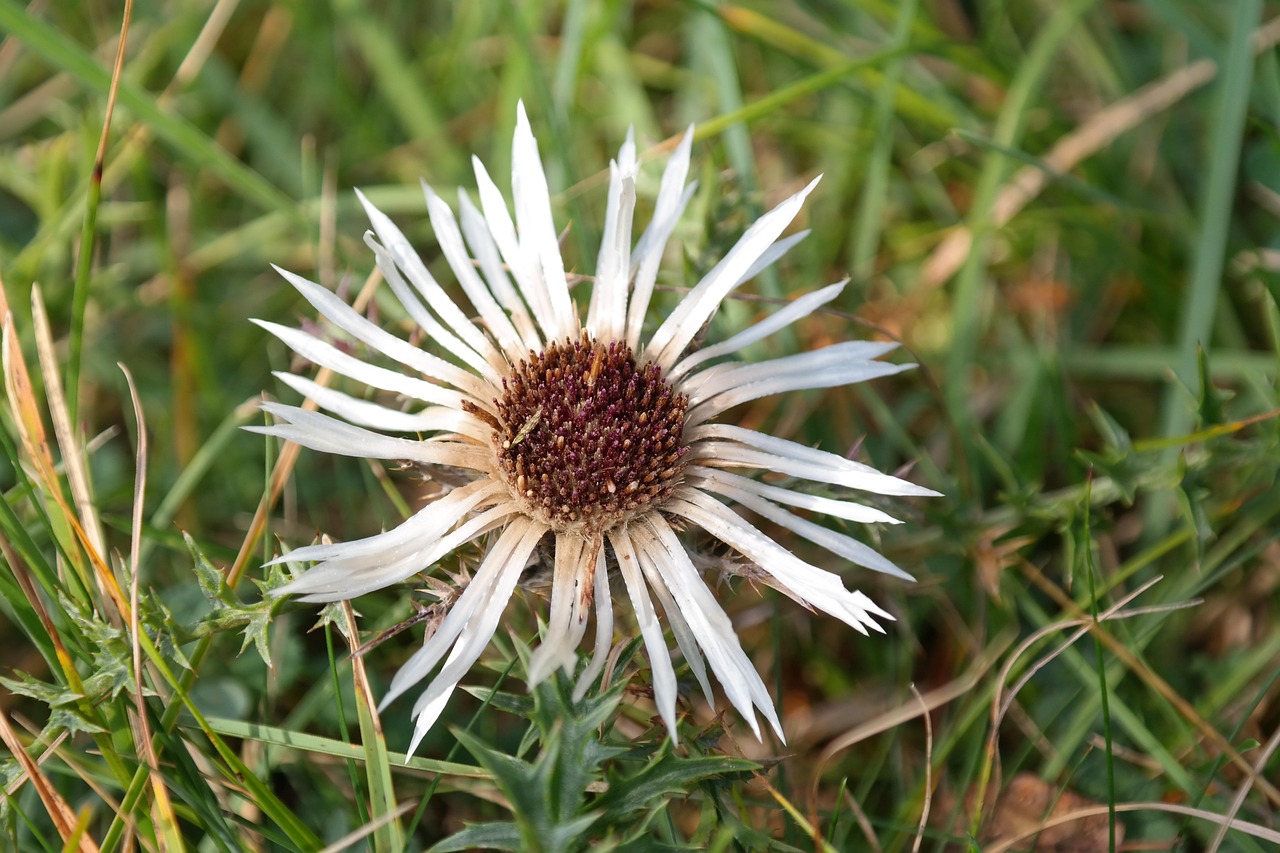Mallow | The Healing Purple Cherished Since Antiquity
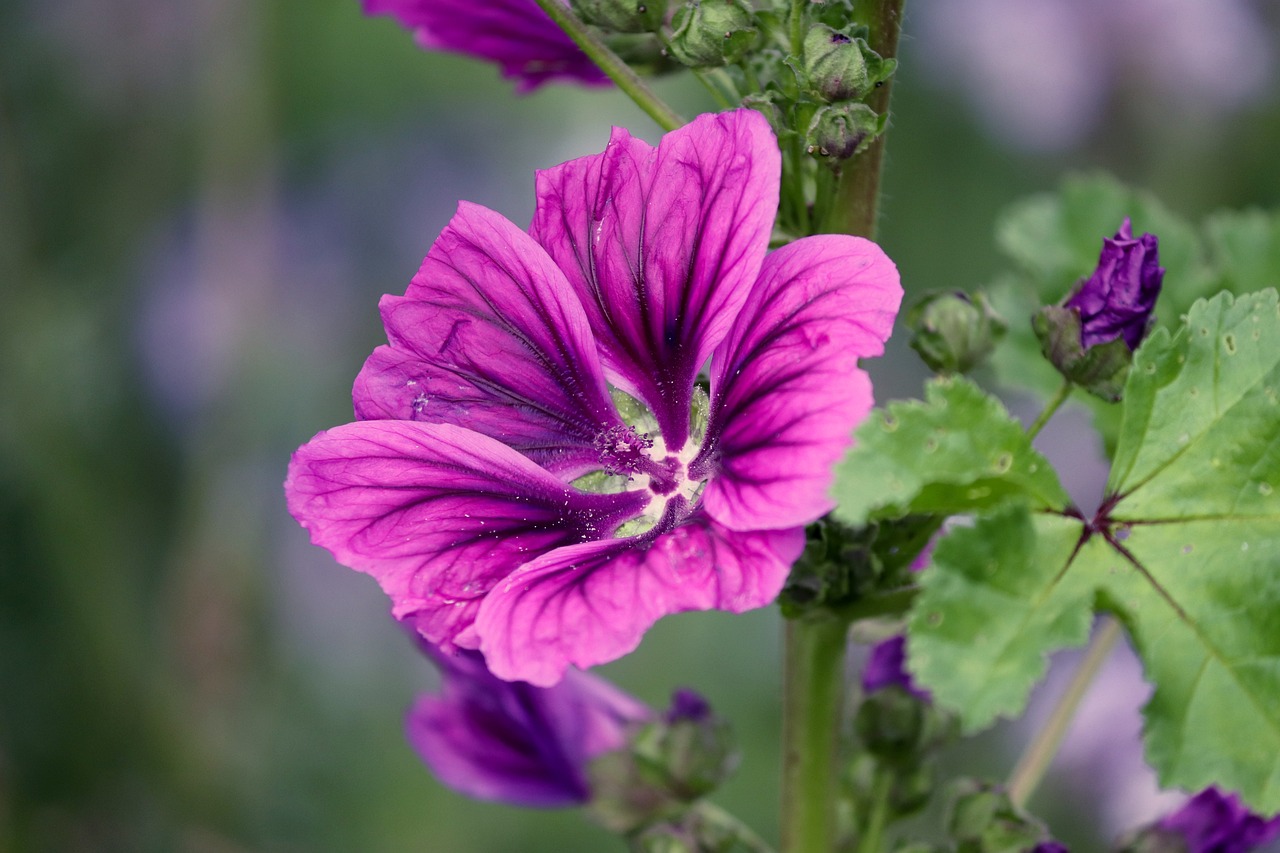
Mallow is a flower distinguished by its beautiful purple and pink blossoms, and it has adorned gardens as an ornamental plant since ancient times.
The large flowers blooming on its upright stems not only add vibrant colors to a garden but also create a natural and harmonious atmosphere.
In this article, I will introduce in detail the basic information, cultural background, history, and gardening tips for growing mallow.
Basic Information
- Scientific Name: Malva sylvestris
- Family: Malvaceae
- Origin: Europe, North Africa, Asia
- Appearance: Mallow produces vivid purple and pale pink flowers, about 5–8 cm in diameter. The darker veins at the center give the flowers a star-like appearance. It grows to a height of 1–1.5 m and is valued as a hardy perennial for gardens and border plantings.
- Blooming Season: From early summer to autumn, allowing for a long enjoyment of its blossoms.
Cultural Significance Around the World

Mallow is widely planted in gardens and parks across Europe and beyond as an ornamental flower.
In the United Kingdom, it is considered an essential plant for cottage gardens, admired for its natural beauty. The bright flowers enhance traditional garden landscapes, bringing color to summer scenes.
In France, mallow has been cherished not only as a beautiful flower but also as a motif appearing in poems and stories since ancient times. The blooming mallow often symbolizes rural life and traditional French villages.
In Asia, mallow is also popular as a decorative garden plant. In the Middle East, it is especially appreciated for adorning gardens in harmony with traditional architecture and tile decorations.
Historical Episodes
Mallow has been cultivated since the times of ancient Greece and Rome.
In Greece, it was revered as the “flower of life” and widely planted in gardens. The Romans also cherished it, using it to adorn aristocratic gardens.
The Roman poet Horace mentioned mallow in his verses, describing its beauty as a source of healing for the human spirit.
In medieval Europe, mallow was grown in monastic gardens, valued not only for its beauty but also as a flower that brought spiritual comfort. Monks regarded it as a symbol of harmony with nature and as an expression of divine beauty.
Gardening Advice

Mallow is very easy to grow, making it an excellent choice for beginner gardeners.
It thrives best in sunny locations but also grows well in partial shade. A well-ventilated site helps prevent diseases.
Sow seeds in spring, and the plant will bloom from summer to autumn of the same year. Use well-drained soil, enriched with compost at planting time to ensure healthy growth.
Water thoroughly when the soil becomes dry, but avoid excessive moisture. In summer, mulching around the roots helps retain moisture.
Prune after flowering to encourage the next blooms. Since the plant grows tall, supporting it with stakes prevents it from being toppled by the wind.
Although perennial, the above-ground parts die back in winter, but new shoots will emerge in spring.
Conclusion
Mallow is a flower with a long history and a rich cultural background.
Its vivid colors brighten any garden, and its ease of cultivation is part of its charm.
By providing the right conditions, I can enjoy its blossoms year after year. I encourage you to incorporate mallow into your gardening and let it bring beauty to your own space.

